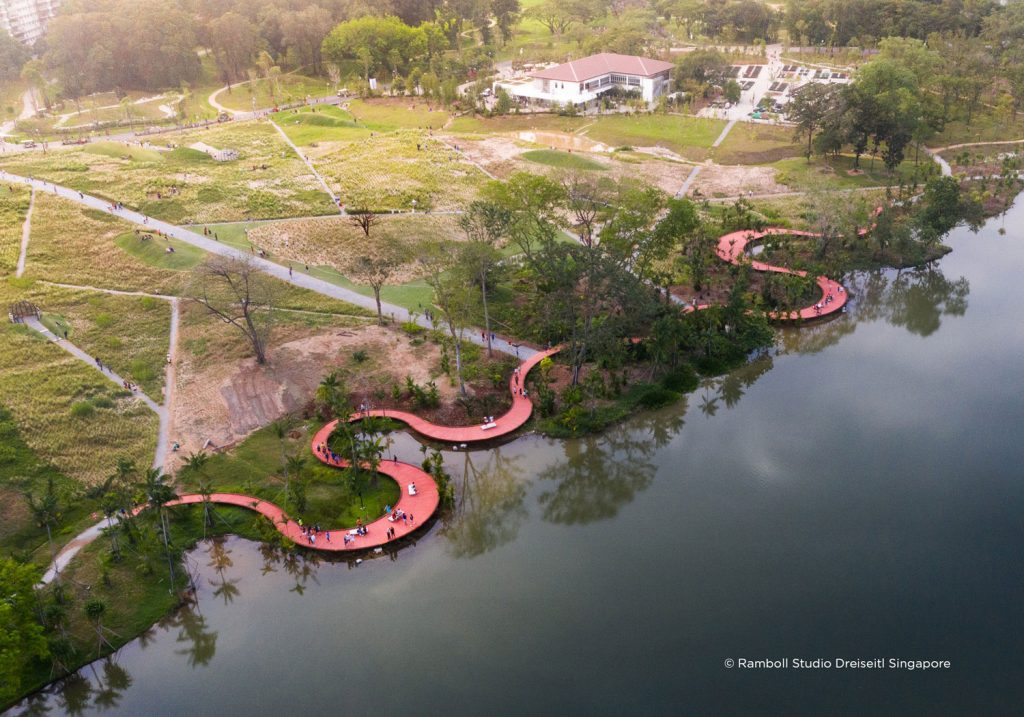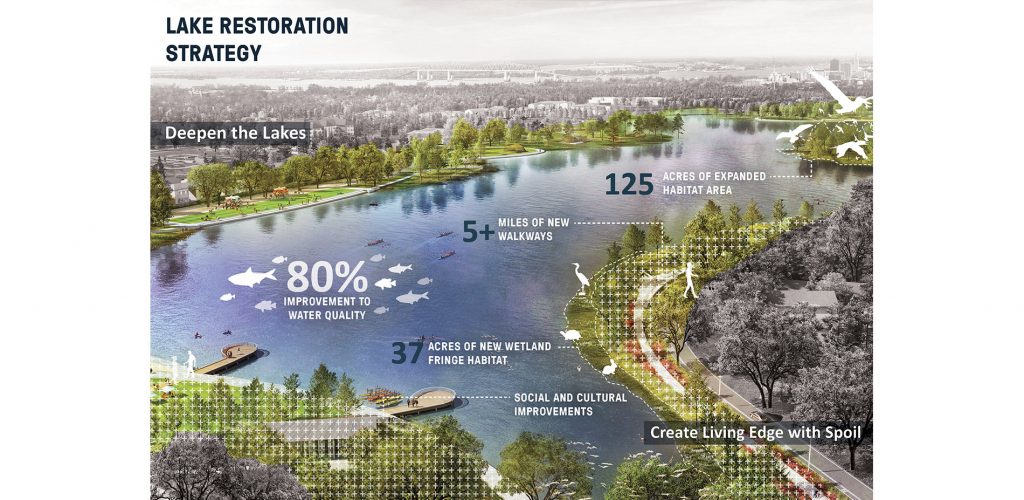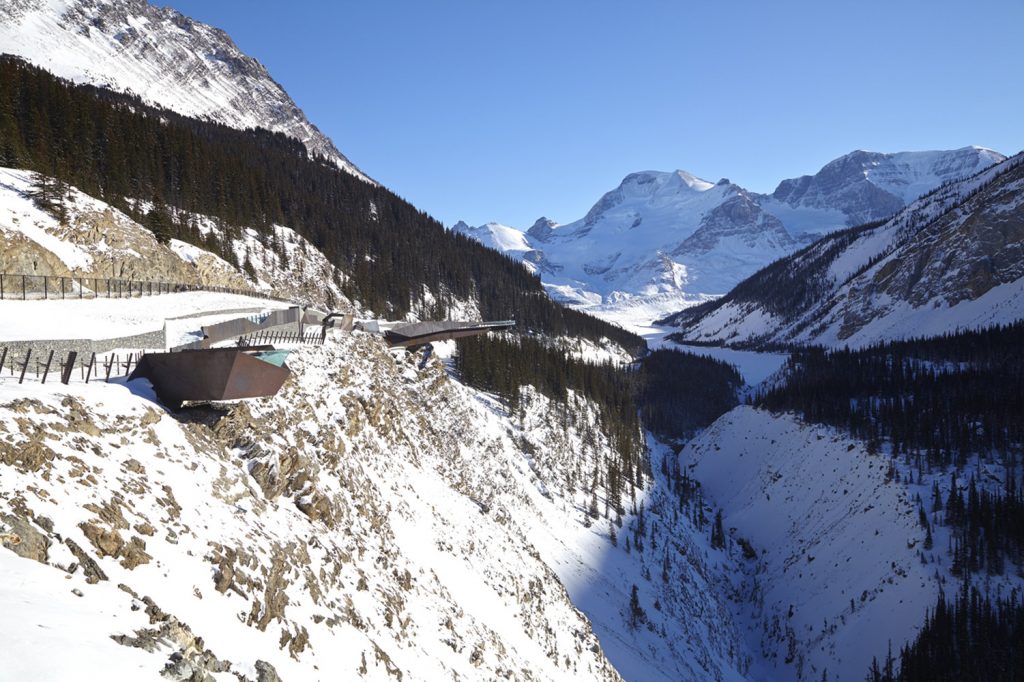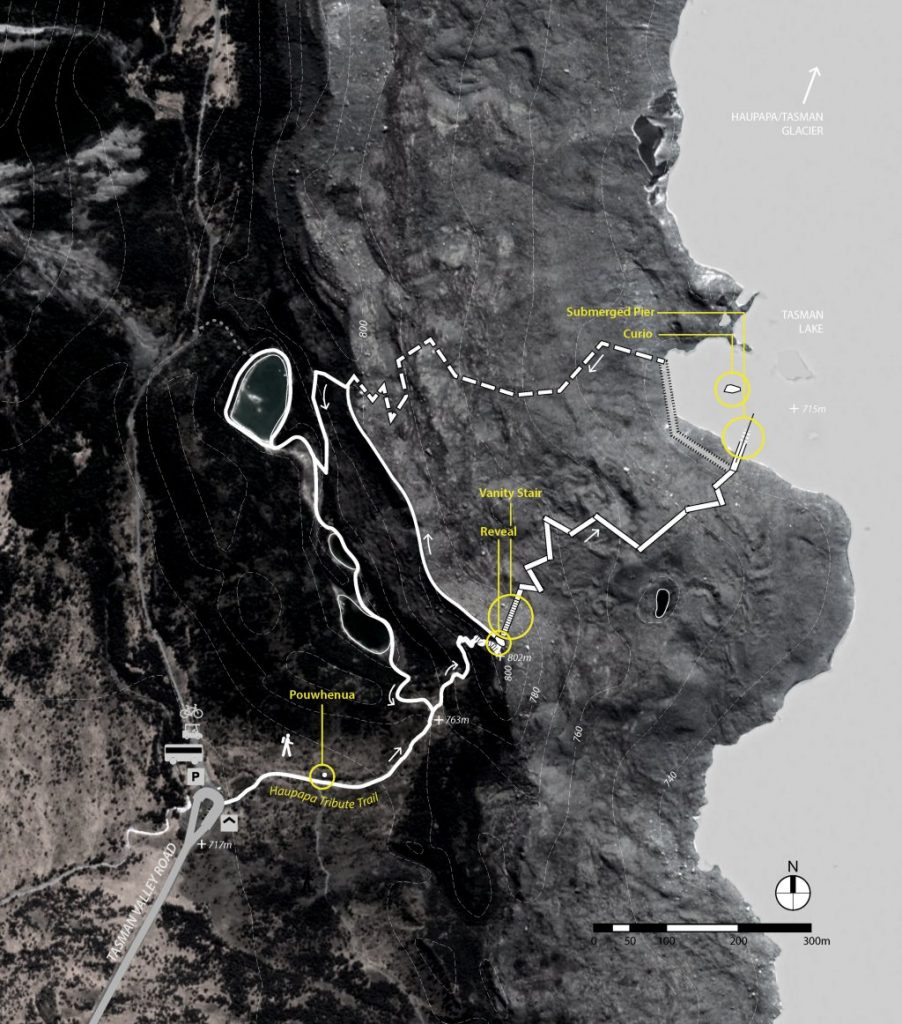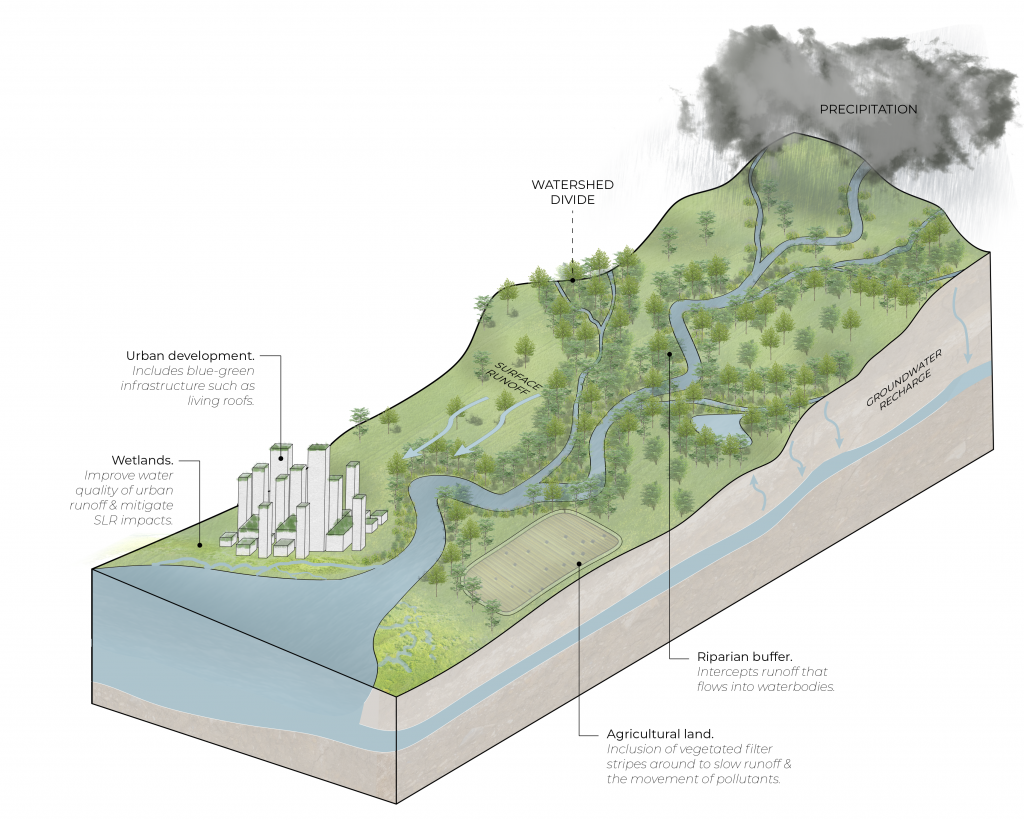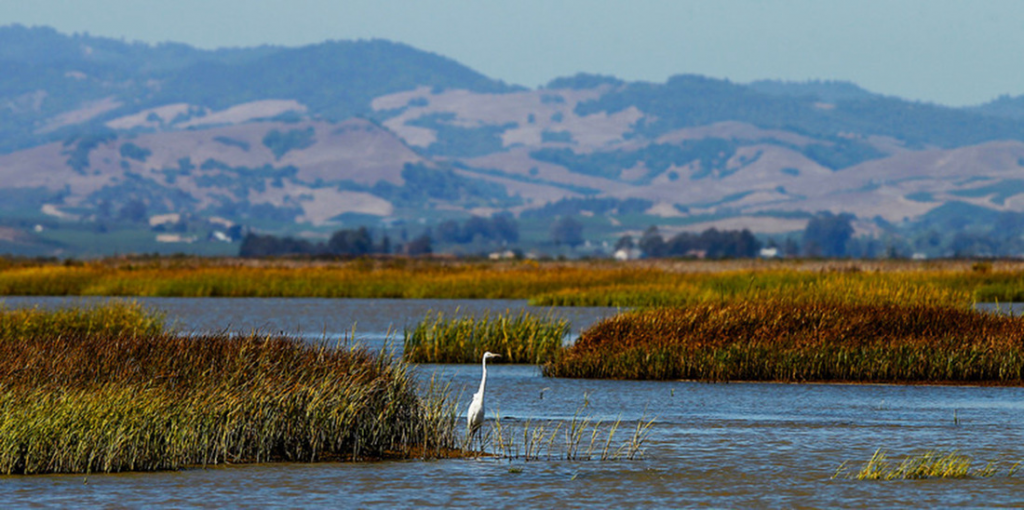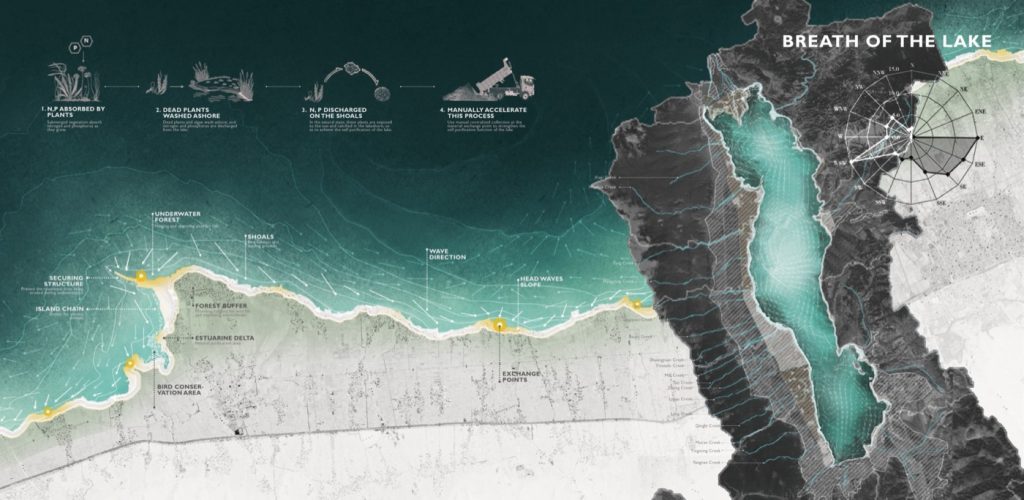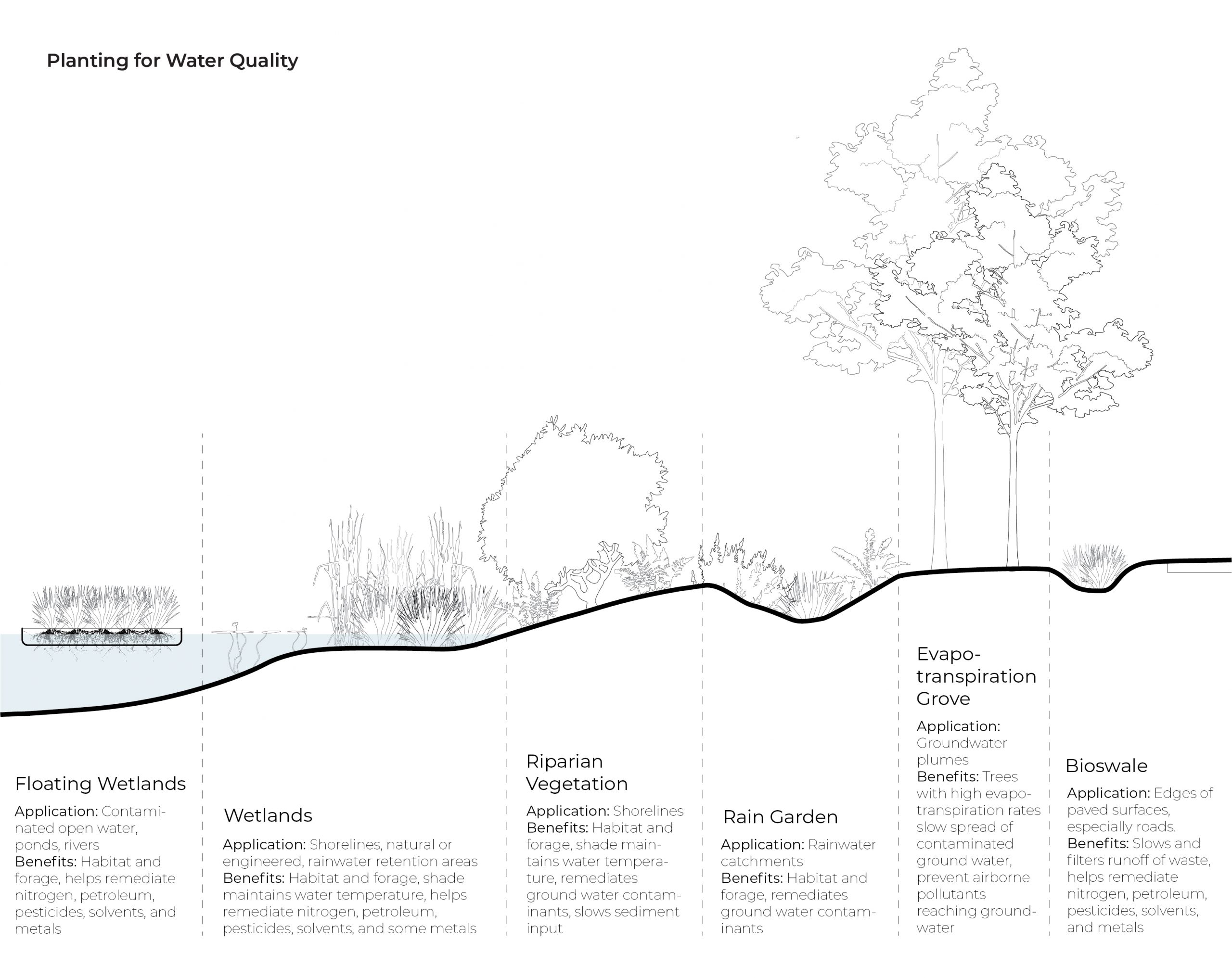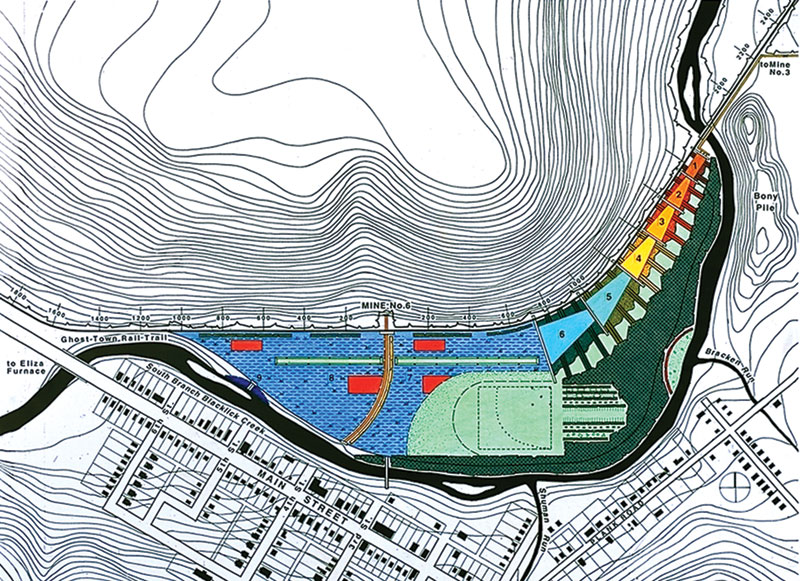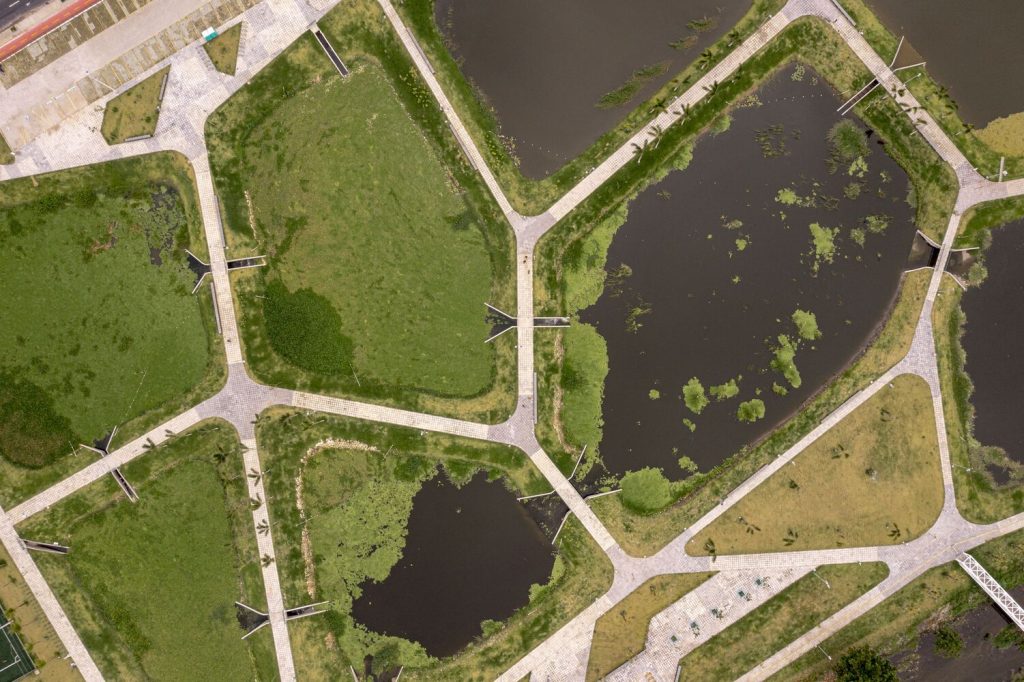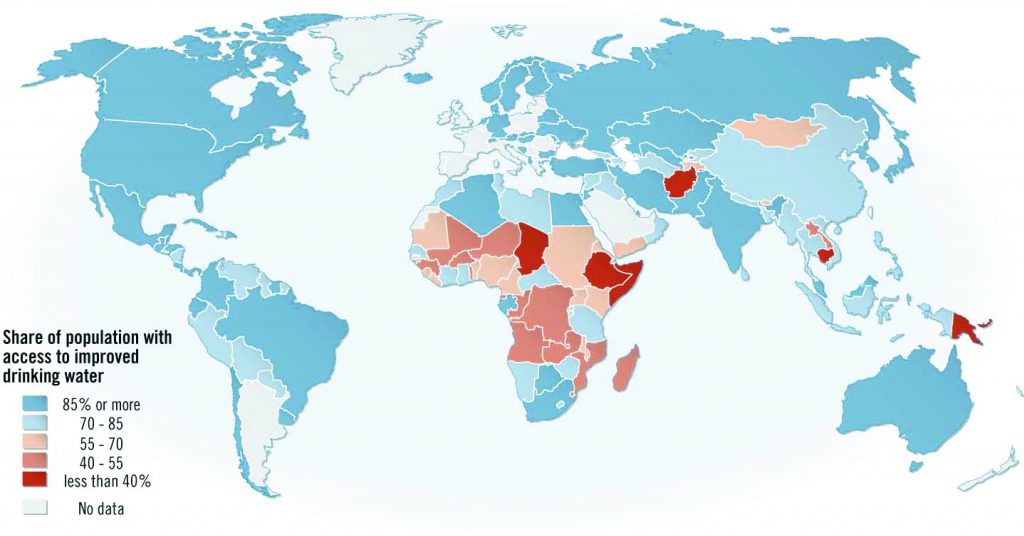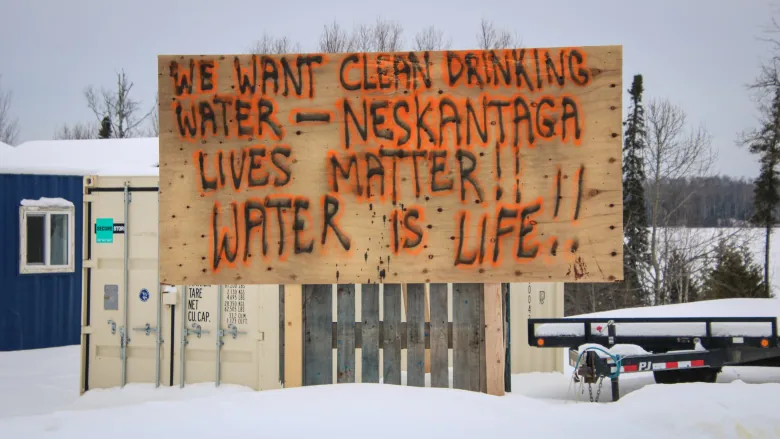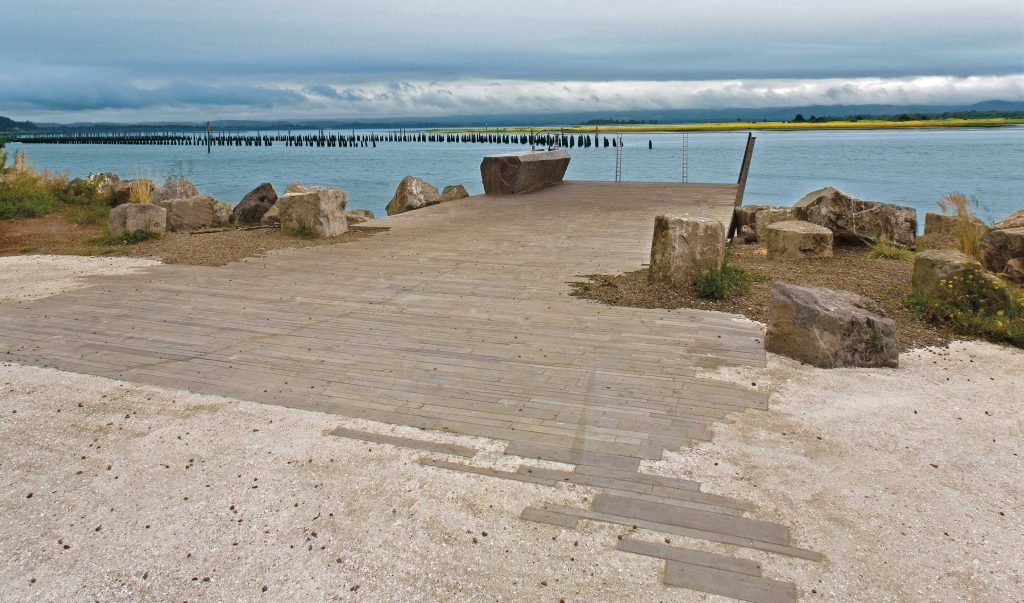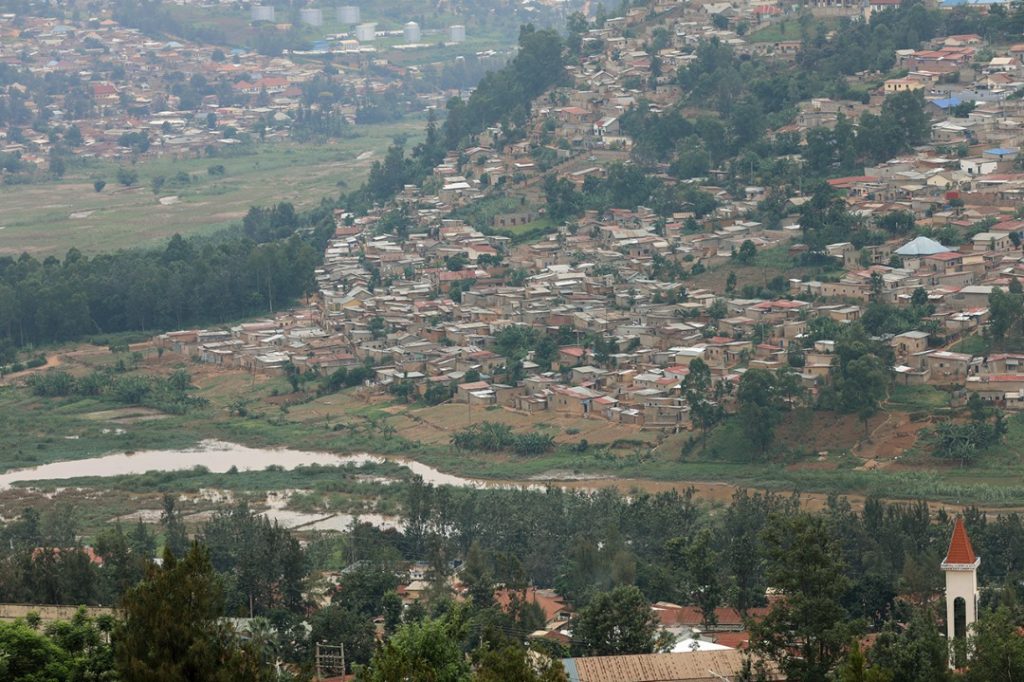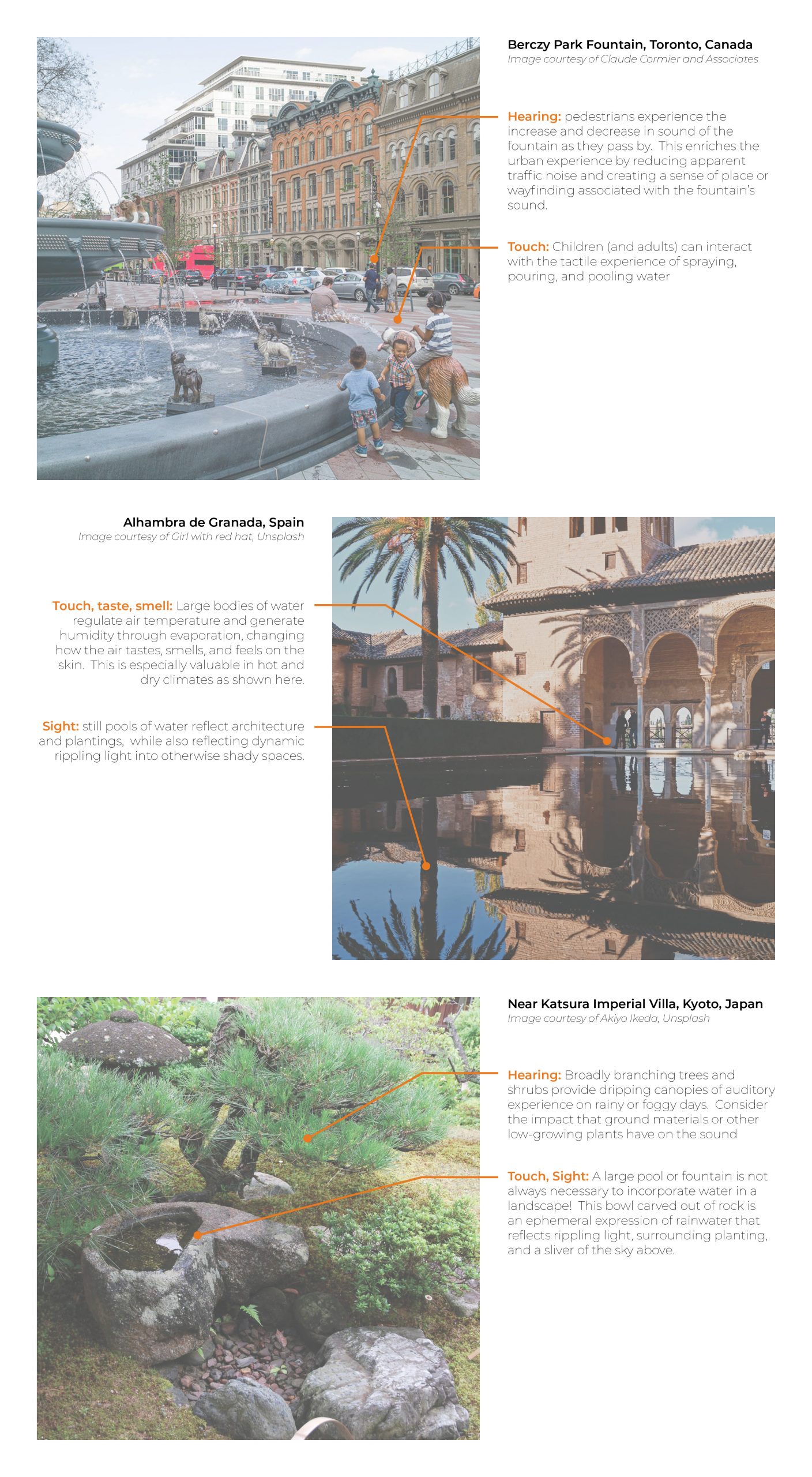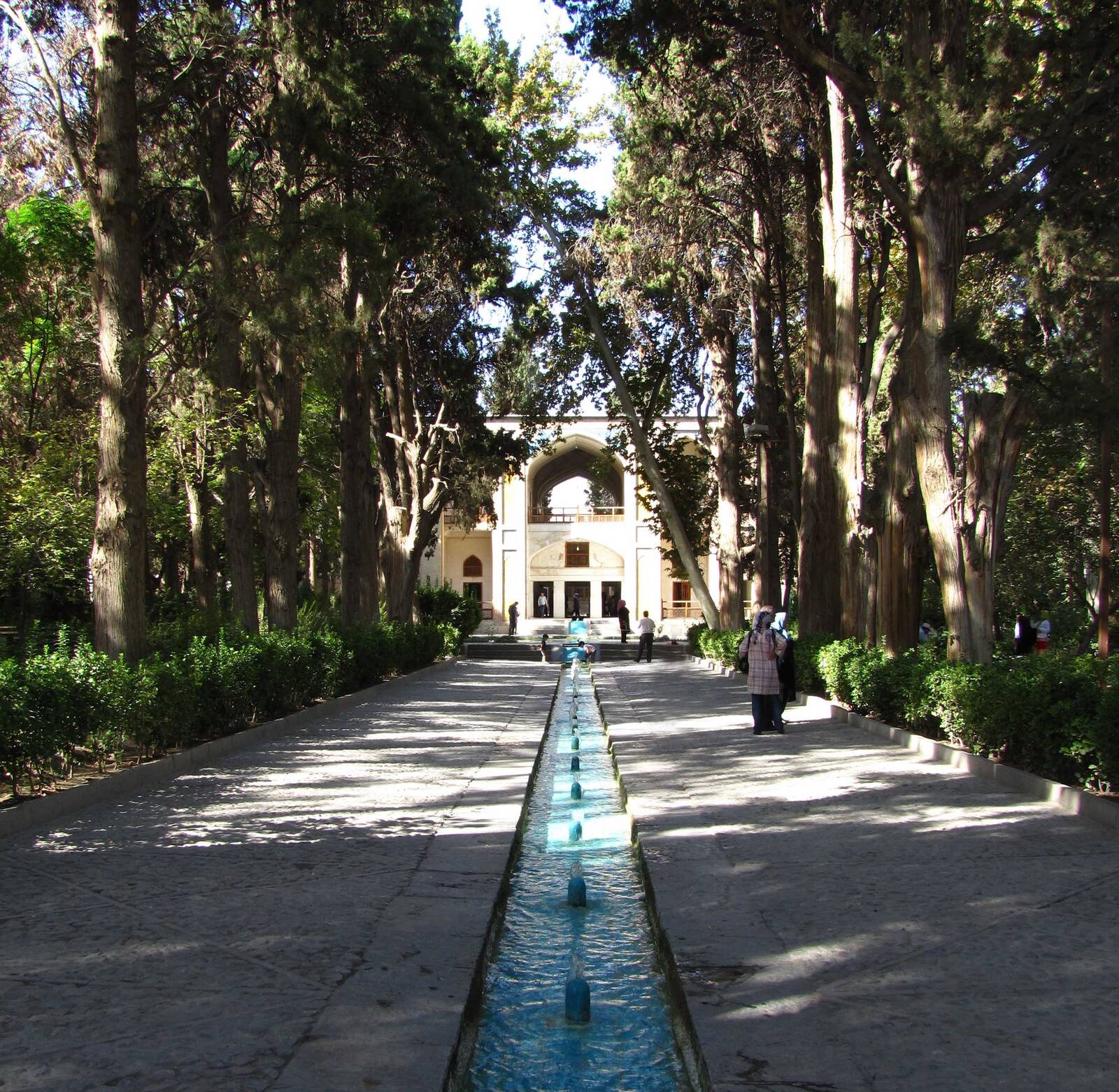The intertidal zone is the ever-changing area where the land meets the sea, bound by the highest and lowest tides. It is divided into three elevation zones: high intertidal zone, middle intertidal zone, and low intertidal zone. Each zone represents distinct characteristics acting along a spectrum that relates to the amount of time spent above or below the water line during a given tide cycle. The intertidal zone is under constant change due to tidal cycles, seasonal patterns, current-driven water temperature shifts, and erosion, thus creating a delicately balanced habitat for the plant and animal species living there.
What are the properties of water within intertidal zones?
Along with changes in the presence and absence of water, the intertidal zone is characterized by shifts in salinity, temperature, and movement.
Salinity: Evaporation of water at the upper intertidal zone increasing the salinity, while precipitation inversely decreases it1.
Temperature: The regulating effect of water on temperature influences the habitability of the intertidal zone. While low intertidal zone organisms benefit from more consistent inundation and tend to be more sensitive to temperature change (eg, coral reefs) organisms in the high intertidal zone must be especially resilient to temperature swings. in coastal British Columbia in 2021, very low tides and a record breaking heat wave coincided, causing mass die-offs of intertidal species due to temperature and increased rates of evaporation2.
Movement: the mechanics of water in currents and wave action influence the habitability of in intertidal area. While some organisms such as eel grass and sand dollars grow best in sheltered locations, other organisms such as Chiton and Green anemones thrive where wave action is the strongest3. Water movement in the form of tidal fluctuation dramatically influences biodiversity. On some rocky coastlines, stratified layers of biological communities at different tidal levels can be easily visible, while in mudflats and tidal marshes, these layers may occur below the sand and out of site4. Currents and wave action are also the primary source of life in the intertidal zone, refreshing the water with food, regulating temperature, and clearing away harmful contaminants.
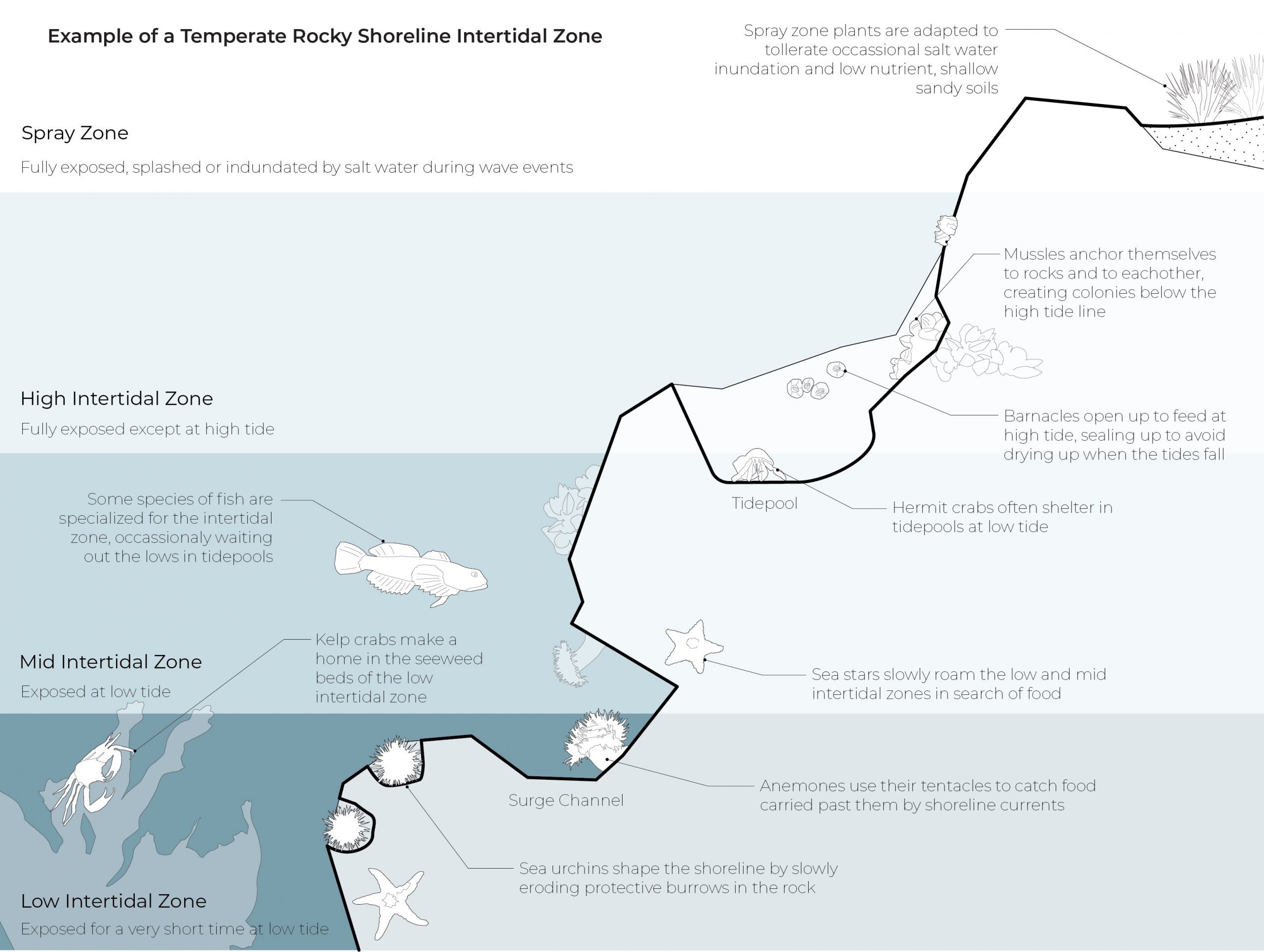
Figure 1: Example of a Temperate Rocky Shoreline Intertidal Zone
[1] Geng, Boufadel, and Jackson, “Evidence of Salt Accumulation in Beach Intertidal Zone Due to Evaporation.”
[2] Migdal, “More than a Billion Seashore Animals May Have Cooked to Death in B.C. Heat Wave…”
[3] DiNenno, “On the Edge.”
[4] “Biodiversity on Rocky Coasts.”
What are the benefits provided by intertidal zones?
Intertidal zones house a variety of plant and animal species that are specifically suited to this somewhat inhospitable environment, which in turn act as food for both off-shore aquatic animals and on-shore mammals and birds: a critical nutrient pathway between the sea and the land that is exemplified by the impacts of intertidal herring spawning in the North Pacific and its impact on terrestrial ecosystems1.
The intertidal zone also serves as natural shoreline protection, regulating and shaping erosion, influencing saltwater incursion and inundation, and protecting low-lying areas from flooding in extreme weather events2.
Beyond the above ecosystem services, intertidal zones are often the gateway for the general public to experience and interact with marine ecosystems in a positive and educational way. The multisensorial experience of exploring tidepools and wading at the waters edge cultivates wonder and appreciation for the richness that lies below the high-tide line.
[1] Walters, “Protecting (Marine) Subsidies.”
[2] “Intertidal Zone.”
How are intertidal zones at risk?
Massive environmental change and degradation has been wrought in and around our coastal cities. Intertidal ecosystems are constantly under threat from development of housing, infrastructure, and industry – Many of our coastal cities are built on artificial land extending beyond the historic shoreline. Robbed of natural protection from waves and erosion, the new shoreline requires significant protective measures, further degrading habitat and costing significant sums in installation and maintenance. The water in these intertidal zones is prone to contamination from run-off, sewage, and industry, causing heavy-metal buildup and algal blooms that ravage delicate ecological balance and dramatically reduce biodiversity. Because the intertidal zone links terrestrial and aquatic ecosystems, the effects of this degradation extend far beyond the intertidal zone. Knowledge of this has prompted environmental designers to develop new ways of revitalizing and regenerating our urban intertidal zones across scales in ways that aim to integrate ecology and the resulting ecosystem services into our urban fabric.
Even non-urban coastlines are at risk from pollution, resource extraction, infrastructure, global warming and sea level rise (refer to Water Quality and Sea Level Rise for further information). Understanding the history of a coastline and any interventions that have occurred is critical at the outset of any project within the intertidal zone.
How can environmental designers care for, restore, or create intertidal conditions?
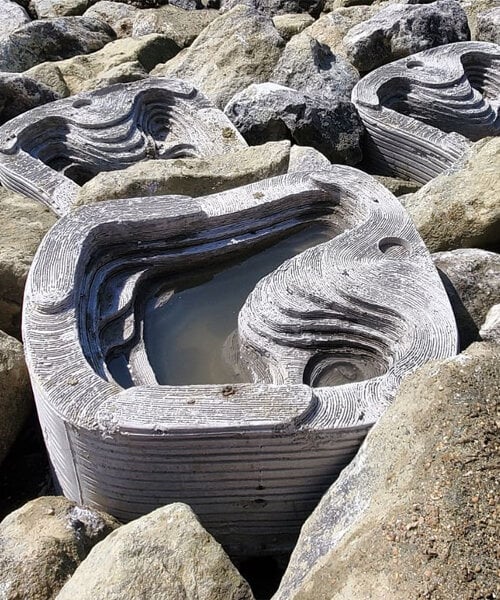

Figure 2 (left): ECOncrete’s tidepool creations at installation. Designboom.
Figure 3 (right): ECOncrete’s tidepool creations after colonization by intertidal species. ECOncrete.
With the ongoing and increasing threat of climate change impacts in the form of sea level rise and intense storm surges, intertidal zones are seen by many as the front-lines in a battle against nature. Environmental designers, equipped with an understanding of of the intertidal zone, are in a critical position to work with nature and the changing climate, rather than against it, in order to keep people and ecosystems safe. In parallel to the nature-based solutions to rainwater management presented in LID (see the Rainwater Management blog page), nature based solutions to urban intertidal conditions is a way forward that shows great promise. This can manifest in engineered solutions such as ECOncrete’s shoreline protection products that provide habitat for intertidal life1, as naturalized shoreline interventions such as Mithun’s Sea2City competition entry in False Creek, Vancouver, or as combined naturalized and engineered projects such as SCAPE’s well-known “Oystertexture” proposal for New York City3. Along with the environmental designer(s)’s extensive site-specific research, Interventions within the intertidal zone should involve ecologists, biologists and geotechnical engineers that are experts in local intertidal zone specifics: what may work in one location may be harmful in another.
Sources
DiNenno, Natalie. “On the Edge: The Curious Lives of Intertidal Organisms and How We Monitor Them.” U.S. National Park Service, 2022. https://www.nps.gov/articles/000/on-the-edge-the-curious-lives-of-intertidal-organisms-and-how-we-monitor-them.htm.
ECOncrete. “Shoreline Protection.” https://econcretetech.com/applications/shoreline-protection/.
Encyclopedia of the Environment. “Biodiversity on Rocky Coasts: Zoning and Ecological Relationships,” May 29, 2017. https://www.encyclopedie-environnement.org/en/life/biodiversity-on-rocky-coasts-zoning-and-ecological-relationships/.
Geng, Xiaolong, Michel C. Boufadel, and Nancy L. Jackson. “Evidence of Salt Accumulation in Beach Intertidal Zone Due to Evaporation.” Scientific Reports 6 (August 11, 2016): 31486. https://doi.org/10.1038/srep31486.
Migdal, Alex “More than a Billion Seashore Animals May Have Cooked to Death in B.C. Heat Wave, Says UBC Researcher | CBC News.” CBC, July 5, 2021. https://www.cbc.ca/news/canada/british-columbia/intertidal-animals-ubc-research-1.6090774.
Mithun. “Sea2City Design Challenge.” https://mithun.com/project/sea2city-design-challenge/.
National Geographic Education. “Intertidal Zone.” https://education.nationalgeographic.org/resource/intertidal-zone.
SCAPE. “Oyster-Tecture.” https://www.scapestudio.com/projects/oyster-tecture/.
Walters, Kristen. “Protecting (Marine) Subsidies: Nutrient Flows from Ocean to Land.” Raincoast Conservation Foundation, May 29, 2018. https://www.raincoast.org/2018/05/protecting-marine-subsidies-nutrient-flows-from-ocean-to-land/.
Images
Figure 1: Author’s work
Figure 2: Designboom, Lea Zeitoun. “ECOncrete® Blocks Are Bio-Enhanced Materials for Sustainable Marine Construction.” designboom | architecture & design magazine, February 9, 2022. https://www.designboom.com/technology/econcrete-coastalock-bio-enhanced-material-marine-construction-02-09-2022/.
Figure 3: ECOncrete. “Our Technology.” https://econcretetech.com/econcrete-technology/.
Additional Resources
“Explore the Rocky Shore and Stanley Park.” Vancouver Natural History Society, 2009. https://naturevancouver.ca/wp-content/uploads/2018/12/Nature_Vancouver_Intertidal_Pamphlet.pdf.
Field guides and similar documents can be very helpful when designing for specific organisms and communities of organisms in the intertidal zone, as they often include information on habitat and relationships between species. This example is focused on the rocky shore of Stanley Park, Vancouver.
Thom, Ronald M., Heida L. Diefenderfer, John Vavrinec, and Amy B. Borde. “Restoring Resiliency: Case Studies from Pacific Northwest Estuarine Eelgrass (Zostera Marina L.) Ecosystems.” Estuaries and Coasts 35, no. 1 (January 1, 2012): 78–91. https://doi.org/10.1007/s12237-011-9430-6.
Eelgrass meadows are an important intertidal and subtidal ecosystem not covered significantly in this blog post. This research article is a helpful resource for those specifically interested in this.
Valiela, Ivan, Marci L. Cole, James Mcclelland, Jennifer Hauxwell, Just Cebrian, and Samantha B. Joye. “Role of Salt Marshes as Part of Coastal Landscapes.” In Concepts and Controversies in Tidal Marsh Ecology, edited by Michael P. Weinstein and Daniel A. Kreeger, 23–36. Dordrecht: Springer Netherlands, 2000. https://doi.org/10.1007/0-306-47534-0_3.
Access this article for further information on salt marshes, a critical intertidal ecosystem.
Raffaelli, David, and Stephen Hawkins. Intertidal Ecology. Springer Science & Business Media, 1996. https://link.springer.com/book/10.1007/978-94-009-1489-6.
This book is a helpful overview resource on intertidal ecology.
Precedents
Oyster-tecture: SCAPE
Location: Brooklyn, New York, USA

In the face of sea level rise and other climate change impacts, Oyster-tecture imagines working with the constructive nature of oysters to calm wave action, shelter shorelines, and clean contaminated water.
This project can be viewed here, or listen to 99% Invisible’s podcast on the project here.
New Brighton Salt Marsh: Connect Landscape Architecture
Vancouver, BC, Canada
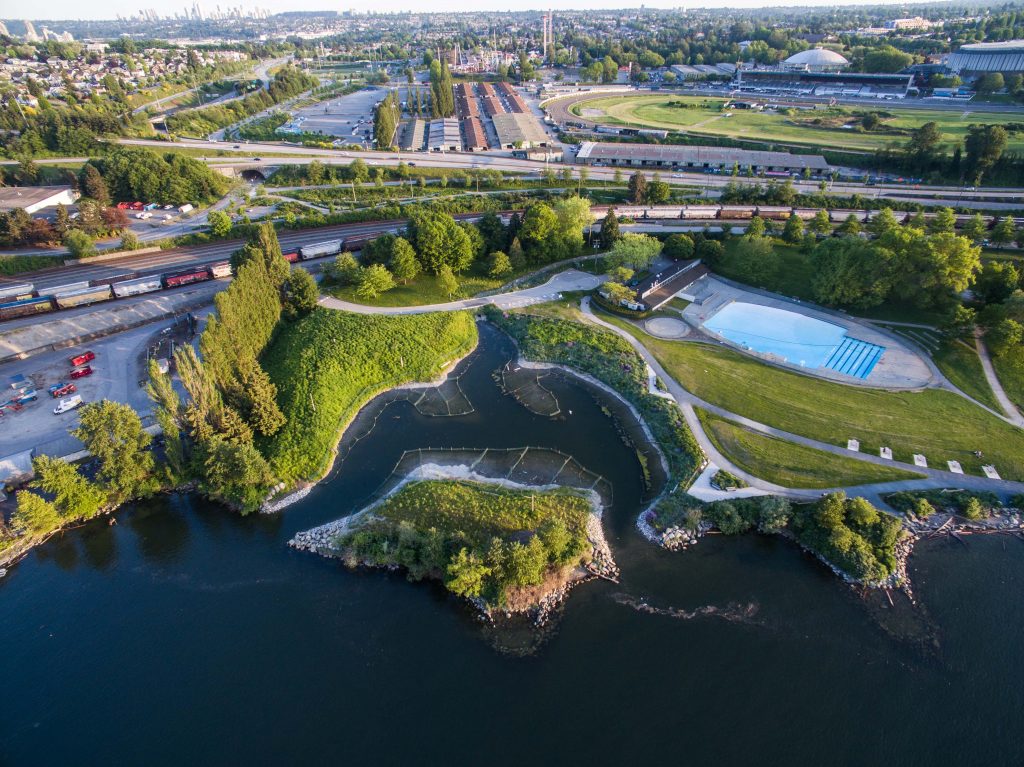
An integration of a restored tidal salt marsh with public park and swimming pool in a complex urban/industrial area of Vancouver.
This project can be viewed here.

